How high should the workbench be?
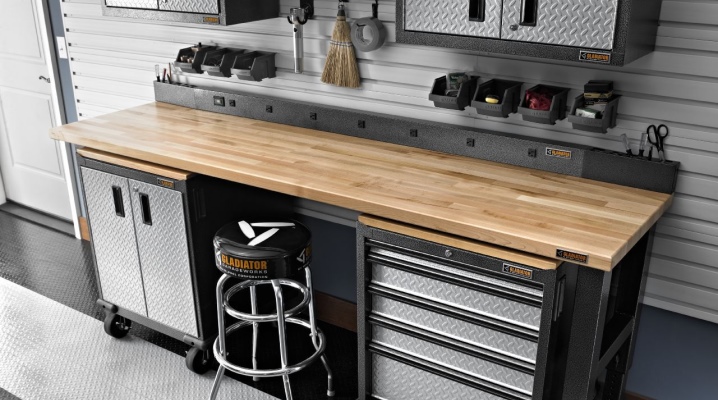
A carpenter's or locksmith's workbench is a necessary equipment that is available in almost every workshop. With the help of this special table, the master has the opportunity to do his work in a comfortable environment, when all the tools he needs are at hand and do not fall on the floor.
In order to conveniently place all the fixtures and tools for processing workpieces made of wood or metal, it is important to correctly calculate not only the width and length of the tabletop, but also the height of the workbench.
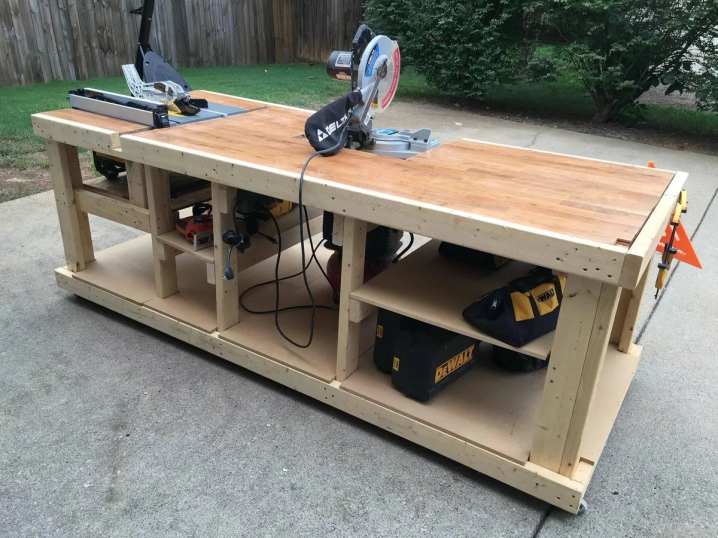
If you choose the right size of the workplace, then, working for several hours in a comfortable position, the master will be able not only to preserve the health of the spine and joints, but also to increase the productivity of his labor.
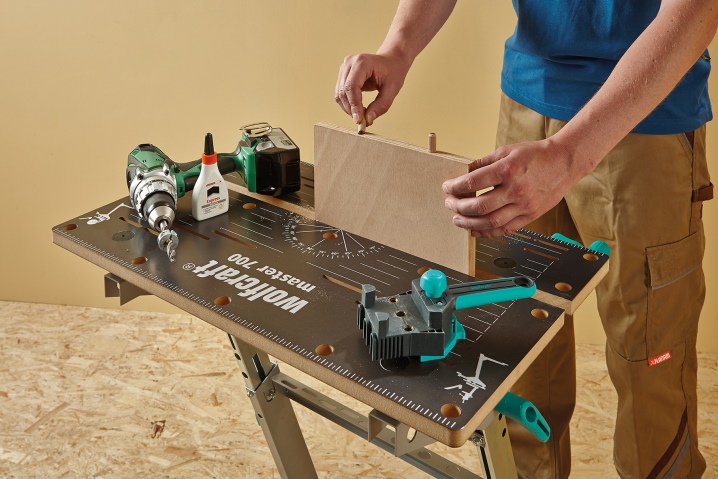
What should be the optimal height?
For the optimal choice of the height of the workbench - carpentry or metalwork, its size is determined taking into account the work of the master in a standing position. The most important parameter in this case is the height of the point where the person's elbow is located above the floor.
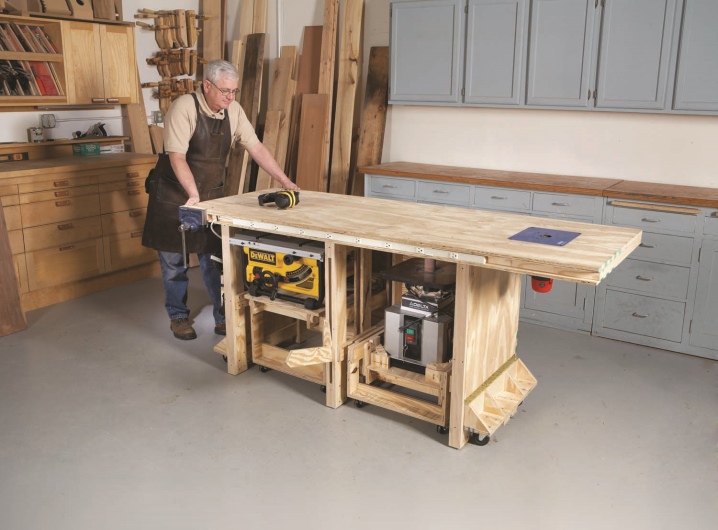
When performing work in a garage or workshop, the master will feel as comfortable as possible if his elbow, together with the plane of the working tool, is in the same horizontal direction. Thus, the arms and shoulder girdle of muscles and joints will not be overworked and cause discomfort and fatigue.
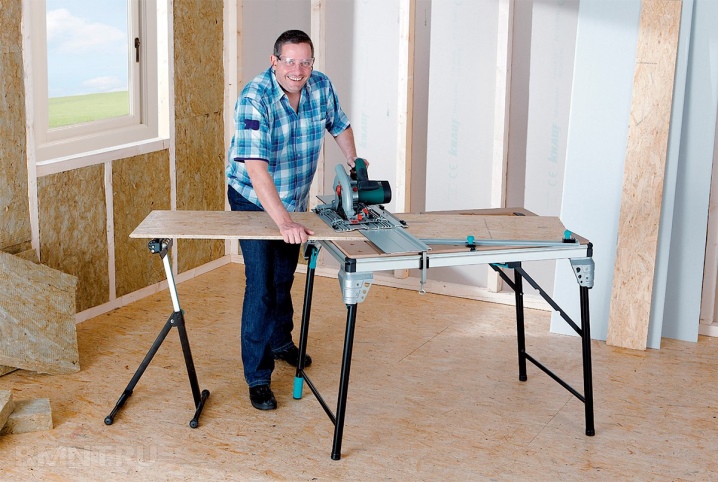
Carrying out work at the workbench, the master bends his hand - as a rule, it is at the level of the height of the jaws of the vice located on the table top. This position is the most physiological and comfortable for the job. To adjust the distance from the elbow to the floor or table top, the joinery or locksmith's workbench needs to be adjusted to suit the person's height. For example, if your height is 170 cm, then the level from the table top of the workbench should be at a distance of 70 cm to the floor level.The calculation here is very simple: you need to subtract 100 cm from the master's height, expressed in cm.
It should be borne in mind that the distance from the level of the workbench table to the line of the worker's eyes must correspond to the standard size - from 45 to 50 cm.
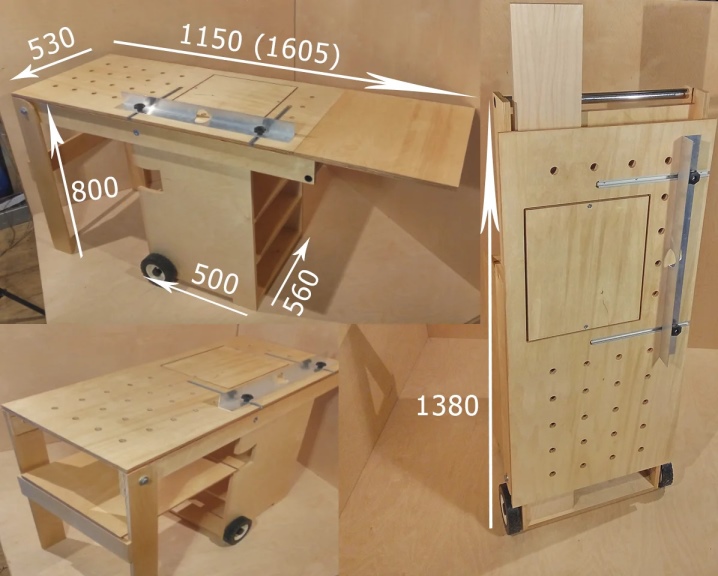
If the dimensions of the carpentry or locksmith's workbench do not correspond to the height of the worker, and the design of this device itself cannot be adjusted, various types of floor stands are used, the height of which is selected based on the height of the person for the convenience of his work. A carpenter or locksmith perform their daily work functions near the workbench, while they have to work the entire work shift with a long tilt of the body forward. Such a forced position is required for processing blanks throughout the entire cycle of work execution.
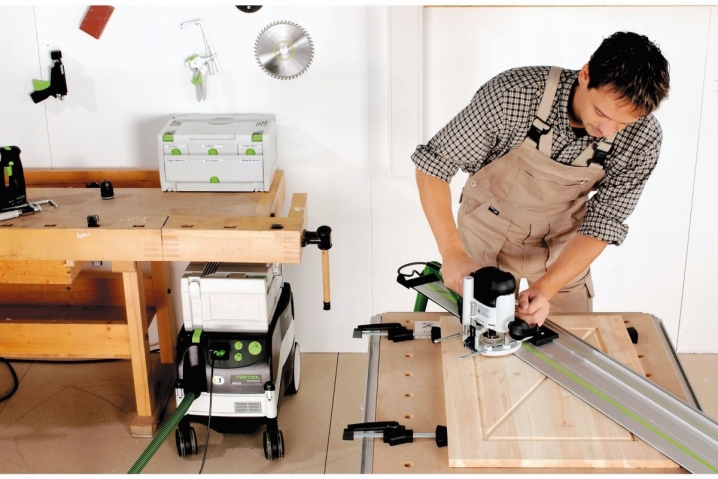
At this time, a person experiences a very tangible load on the joints and muscles of the arms, lower back and legs. In the process of prolonged work, the muscles of the back, neck, and also the joints are very tired, which, with regular repetition, can lead to poor health, and in case of joint disease - to disability.
Therefore, it is so important to carefully approach the issue of selecting the height of the workbench in such a way that a person does not experience unnecessary unjustified loads during the performance of his work duties.
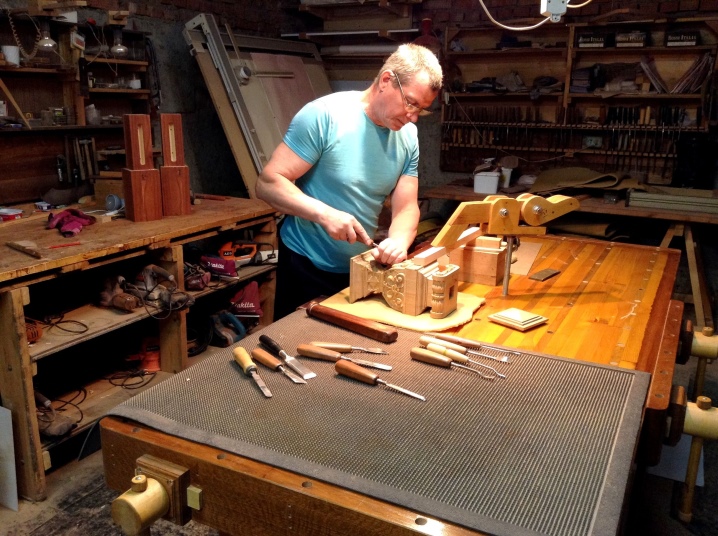
Standard options
In the process of selecting the location of the level of the workbench table top, you need to determine what type of workpieces will be processed on it. If the bulk of work with wood blanks is envisaged, then in this case the workbench should be with a smooth and even wooden tabletop., and if the work is to a greater extent related to the processing of metal parts, then you will need a locksmith version of the table, the surface of which is sheathed with durable materials, for example, metal.
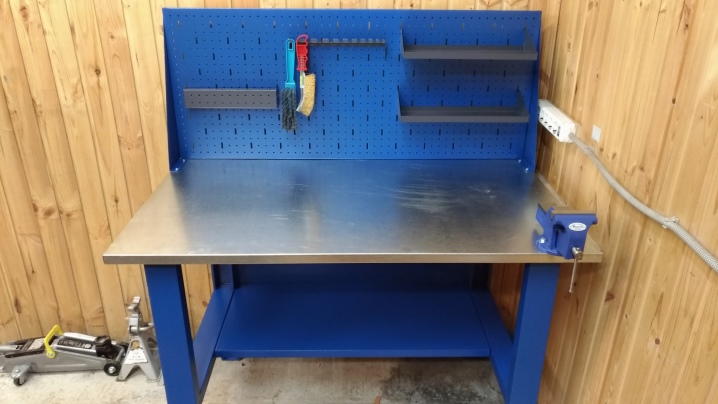
On the bench, in addition to the basic and necessary additional devices, it is recommended to equip a special mechanism for lifting heavy parts., and also provide for a system of mechanical adjustment of the height of the table top, which can be changed depending on the height of the worker.
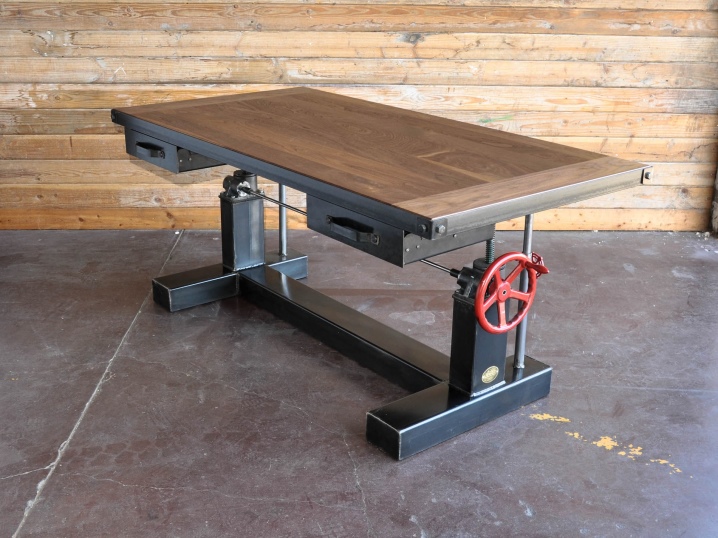
There are various ways to determine the height of a joiner's or locksmith's workbench from floor to table top: the worker will need to measure the distance from the top of the head to the chin. Then, from the resulting figure in cm, you need to subtract the size obtained as a result of measuring the hand from the tip of the fingers to the angle of the elbow, also in cm.Further, the height of the vice must also be subtracted from the result obtained, with which the employee will constantly deal, since it is they hold any details during the entire processing cycle.
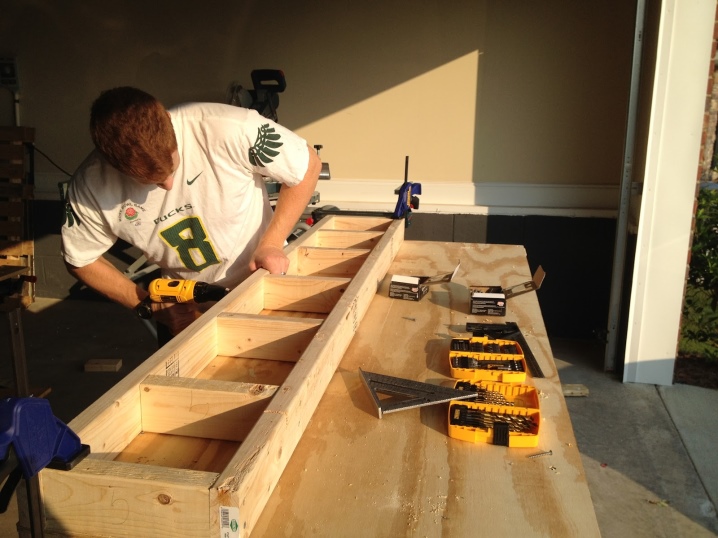
The average data of such a measurement and the resulting height of the joiner's or locksmith's workbench can be seen in the table.
Employee height, cm | Head measurement from crown to chin, cm | Hand measurement from fingertips to elbow, cm | Workbench table top height, cm (vise 14 cm) | Workbench table top height, cm (vise 18 cm) | Workbench table top height, cm (vise 22 cm) |
165 | 21-22 | 41-42 | 87-89 | 83-85 | 76-79 |
170 | 21-22 | 42-43 | 93-91 | 87-89 | 83-85 |
175 | 22-23 | 43-44 | 94-96 | 90-92 | 86-88 |
180 | 22-23 | 44-45 | 98-100 | 94-96 | 90-92 |
185 | 22-23 | 45-46 | 102-104 | 98-100 | 102-104 |
190 | 23-24 | 46-47 | 105-107 | 101-103 | 97-99 |
195 | 23-24 | 47-48 | 109-111 | 105-107 | 101-103 |
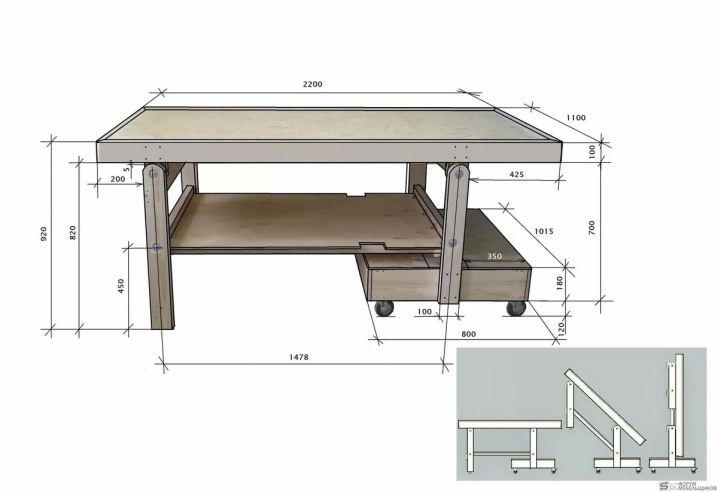
Whether the height of a carpentry or locksmith's bench is suitable for comfortable work can be checked without preliminary calculations using a simple method: the worker will need to stand close to the side of the workbench tabletop and lower his hands in a free position. Then he needs to put his palm on the tabletop, while not bending his arm at the elbow. If he managed to carry out this procedure without bending his arms in the area of the elbow joint, it means that the height of the workbench for this person has been chosen correctly - he will be comfortable working. In the event that the subject's palm cannot lie freely on the table top without bending at the elbow, it will be necessary to reduce the height of the table or put special floor stands near the workbench.
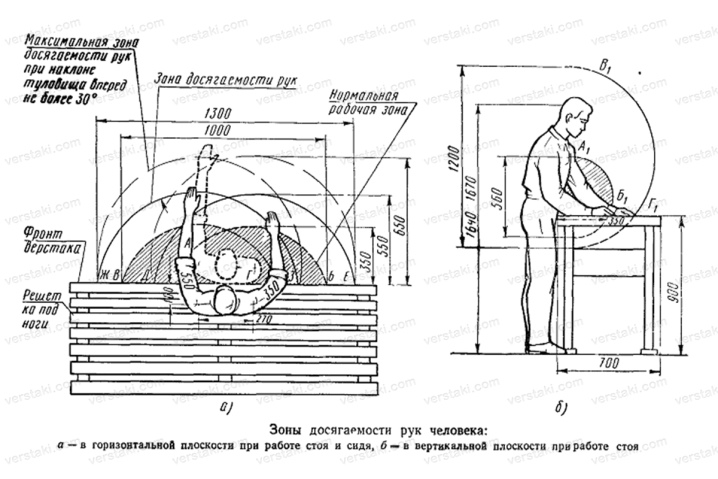
Sometimes craftsmen perform work at the workbench in a sitting position. In this case, you can calculate the height of the table using the following formula: 110 should be subtracted from the height of a person - this will be the most comfortable height for your workbench.
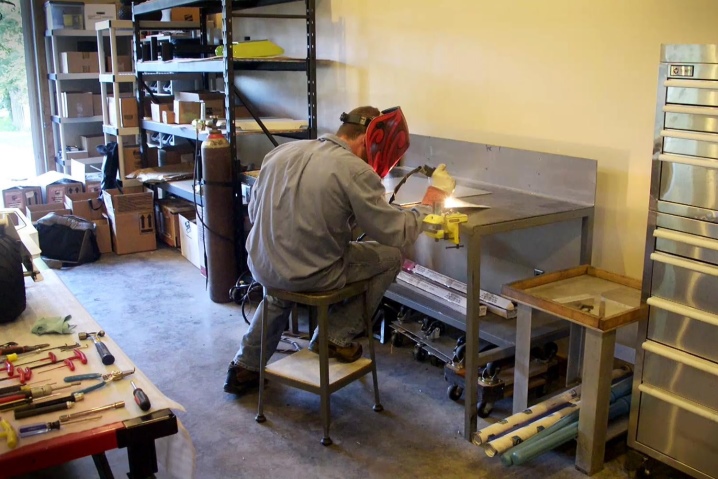
For the convenience of work, it is also important what width the countertop will have. Usually it is made from 60 to 75 cm, and the length of the table is selected based on how much free space the workshop room has. The length of the workbench table top is made from 70 cm to 2.5-3 m.
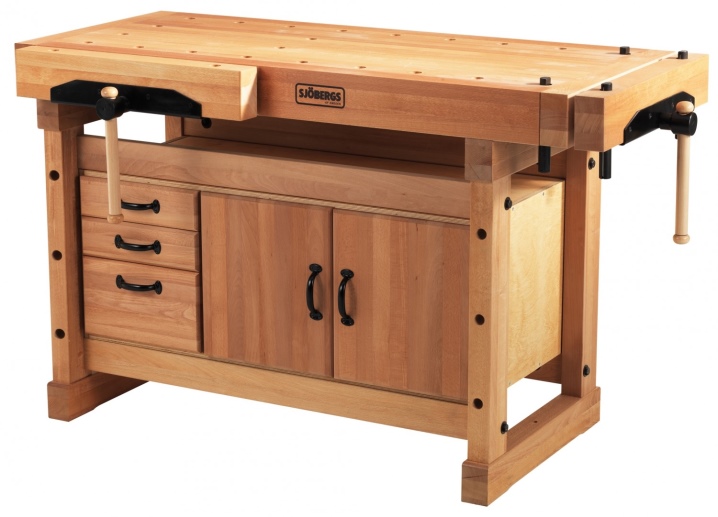
How to calculate?
When performing work in the garage, carpentry or locksmith's workbenches with adjustable table top height are convenient for use.
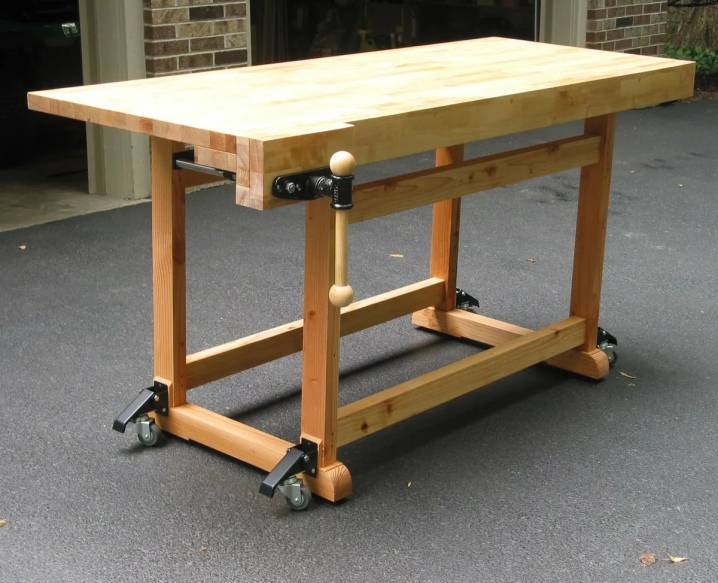
If your equipment is manufactured at the factory, then you can adjust the finished table by placing special supports under your feet, made in a convenient version for you.
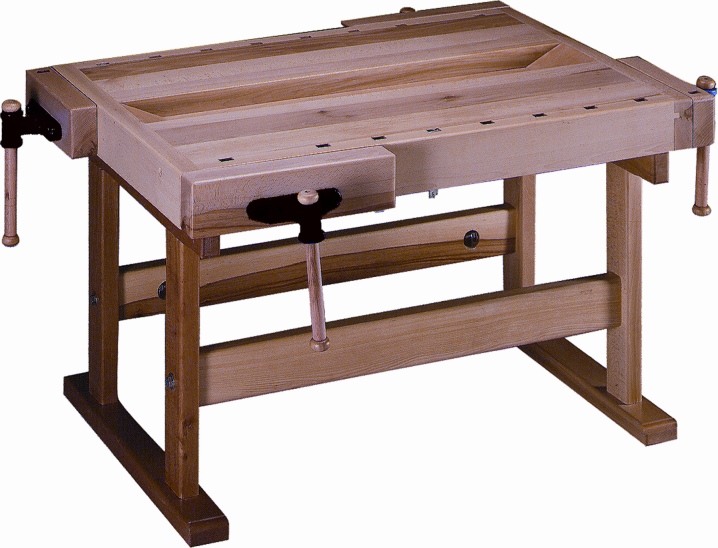
When you plan to make a workbench for yourself, then when drawing up the drawings of the future workplace, you need to take into account the thickness of the tabletop itself, take into account the distances for fasteners, the size of the supports and the finished height of the product. If you do not take these parameters into account, then in finished form your workbench may turn out to be 4-5 cm higher than originally planned.
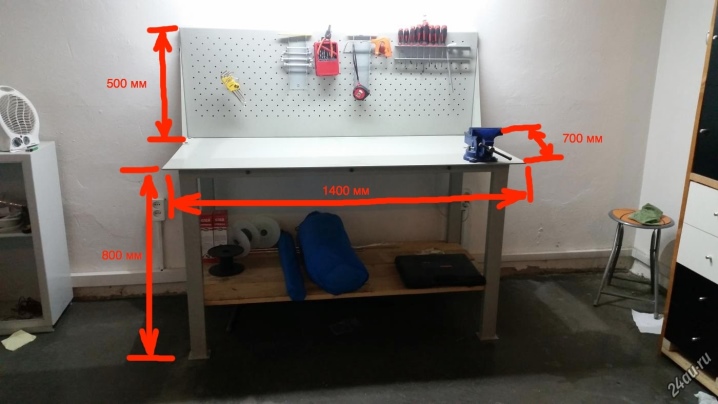
If we take the formula: human height minus 100 cm as the basis for calculating the height of the workbench, then the parameters of such calculations will be as follows.
Height, cm | Workbench height, cm |
165 | 65 |
170 | 70 |
175 | 75 |
180 | 80 |
185 | 85 |
190 | 90 |
195 | 95 |
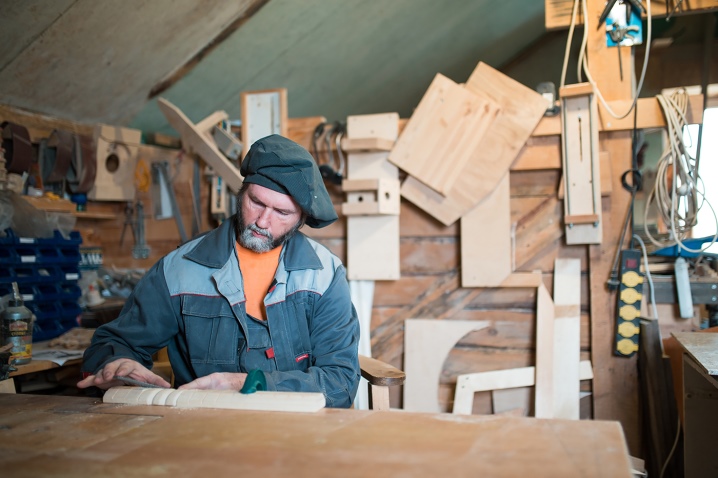
On sale are standard models of joinery or locksmith's workbenches, their height is from 80 to 90 cm, which is suitable for people whose height is 180-190 cm.If a higher table height is required, then there are models that are adjustable from 80 to 110 cm, but they usually do not have tool cabinets.
If your height is 170 and below, then for a standard workbench you will need to buy or make an individual footrest, which will increase your height and help create a more comfortable working environment.
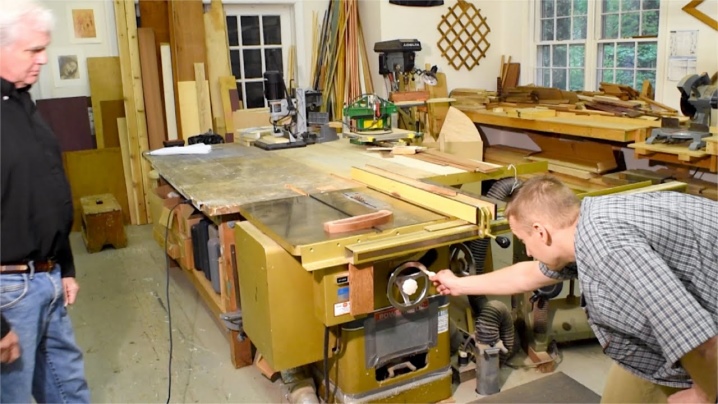
The best and most convenient option is a do-it-yourself workbench, taking into account your own height and preferences for the arrangement of such equipment. Carpentry experts with experience in making such workbenches recommend taking measurements to determine the height of the finished product when the table top is ready. This is done so that the master has the opportunity to most accurately measure its thickness and prepare the correct size of the support. All measurements in this case are made in a vertical plane from the floor level.
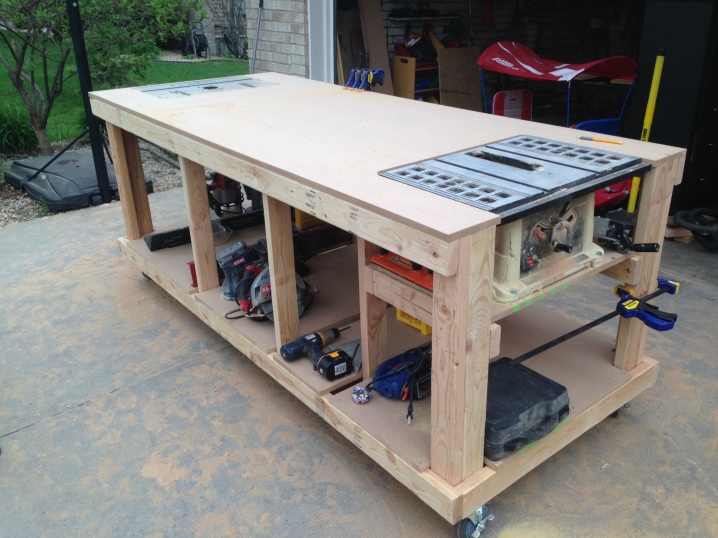
In the next video, you can take a closer look at the process of building a workbench.













The comment was sent successfully.